The body grows weak and the risk of physical as well as mental illness increases significantly as the years go by. The time that many of us are prematurely planning to be spent finally writing that book or finally getting that hobby workshop set up may be cut short by things like Alzheimer’s or Dementia.
A nursing home in Ohio that takes care of many elderly people that are suffering from memory problems decided to rethink the traditional nursing home formula.
An assisted living facility in Ohio decided to break with tradition when it comes to nursing homes
Image credits: Lantern
Bored Panda got in touch with Jean Makesh, the CEO of Lantern and the man behind this idea. We asked him about the origins of this idea: “I simply wanted to address the pain. I always believed and to this day believe that if I don’t, who else will?”
He continued: “As an occupational therapist, a caregiver, a care provider, and a businessman, it is my responsibility to take care of my elderly clients and families. The design I have in all my communities are influenced by the elderly clients that I served over time and serve now. I made a conscious and a difficult decision to only listen to my elderly clients. They taught me everything I know today.”
Image credits: Lantern
Its “neighborhood” design aims to provide a healthy environment to the elderly with memory problems
Image credits: Lantern
Makesh explained that the environment is key in dealing with memory illness and other typical mental problems of the elderly years. Alzheimer’s patients, for example, experience a great amount of confusion in elderly homes, so creating a more familiar setting helps to alleviate their struggles.
“As an occupational therapist, I was trained to approach everything scientifically. I researched every concept to ensure that my designs were scientific and had elements of science to support everything that my elderly clients taught me,” explained Makesh.
Image credits: Lantern
The setup features houses with porches, grass carpets, lit sky with clouds, and even specific smells and sounds
Image credits: Lantern
We also asked Jean Makesh if the residents can put up their own decorations or to even have pets to make it feel more like home: “The space we live in directly influences our overall health and wellness. It is vital and important that the elderly could relate to their surroundings and their space—space breathes life into us. So, yes, they are welcomed to design their space to their will and desire. Pets and children breathe life into us as well and we encourage our elderly to bring pets if they desire so.”
Image credits: Lantern
“The challenges and difficulties are plenty,” explains Makesh. “The biggest challenge is the lack of understanding of the disease and the elderly’s needs and preferences in general. My staff and I cannot do it alone. It is important for families of the elderly to understand the disease process. It is critical for medical professionals and support staff to understand the disease process. Caring for one with the disease is a partnership with the family and medical professionals that are involved in the client’s care.”
He continues: “The elderly client’s interests and needs should be the primary focus. Unfortunately, self-interest, ego, guilt, and a lack of understanding of the disease influence the elderly’s wellbeing. Dementia, and especially Alzheimer’s, not only affect the individual, but also their family and friends. The signs and symptoms are not consistent across patients. They vary from one individual to another. It is simply because all of our brains are wired differently.”
There is even a “Main Street” where residents can have some downtime between activities
Image credits: Lantern
We asked Makesh what is one thing he wishes more people knew about memory and mental illness. He had this to say: “Memory and mental illness are treatable. Early diagnosis and timely intervention could help individuals live a meaningful and functional life. The brain is like a muscle, so it can be rehabilitated. Numerous times we have been told that nothing can be done for the individuals with Alzheimer’s disease. However, where there is no hope, there is no life. Hope gives life! Hope paves the path for new ideas. If all of the care givers and providers start thinking and approaching every individual with Alzheimer’s from a treatment and care perspective, imagine what we could do collectively to impact the larger good. If we give up hope, the incentive and motivation towards fixing a problem or an issue is destroyed.”
Full Article & Source:
This Nursing Home For The Elderly With Mental Problems Took An Unusual Approach To Design

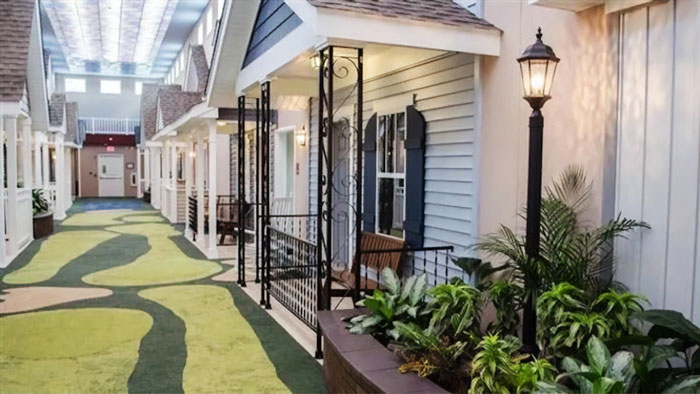
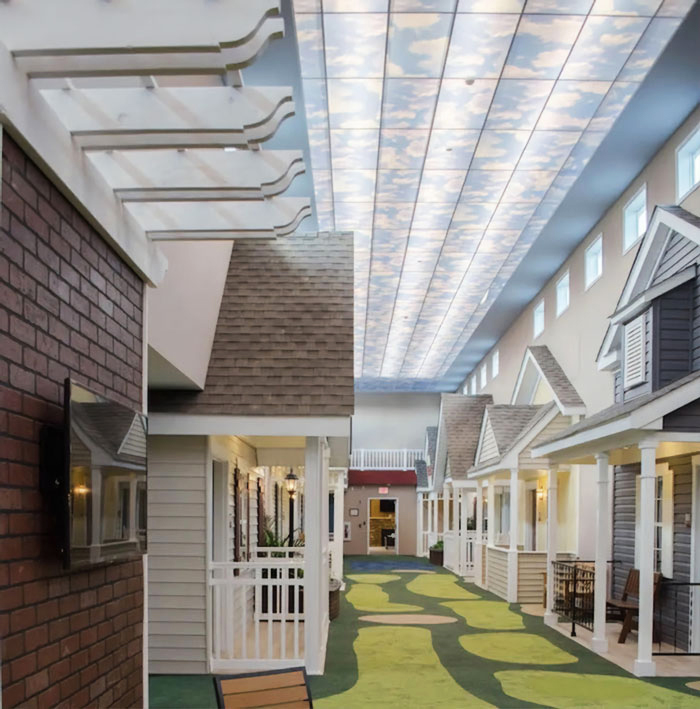
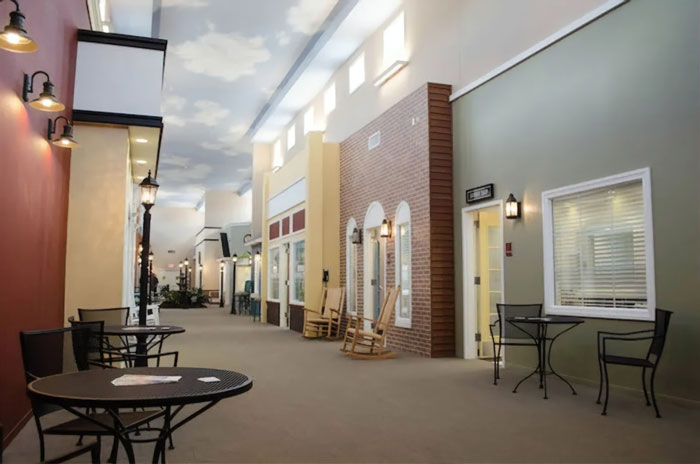
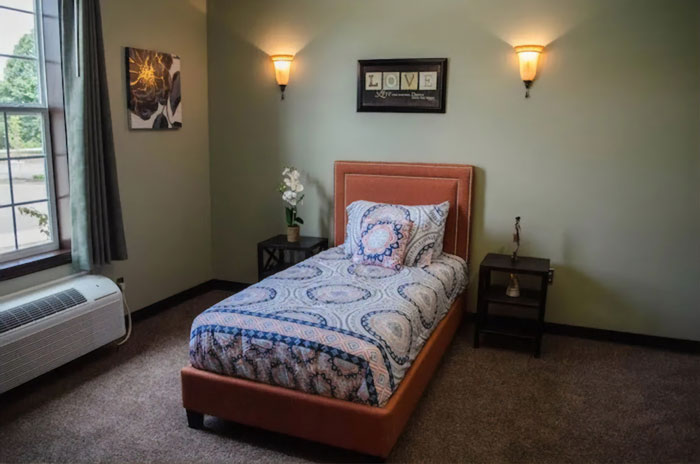
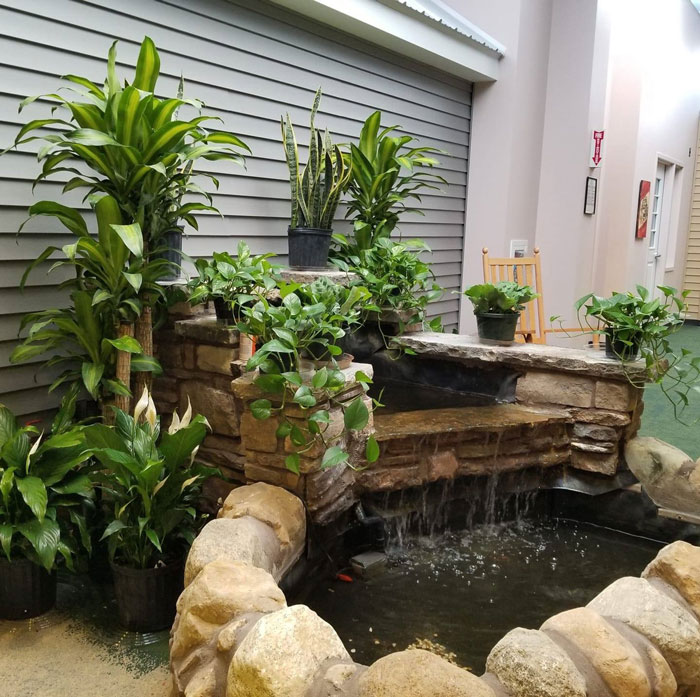

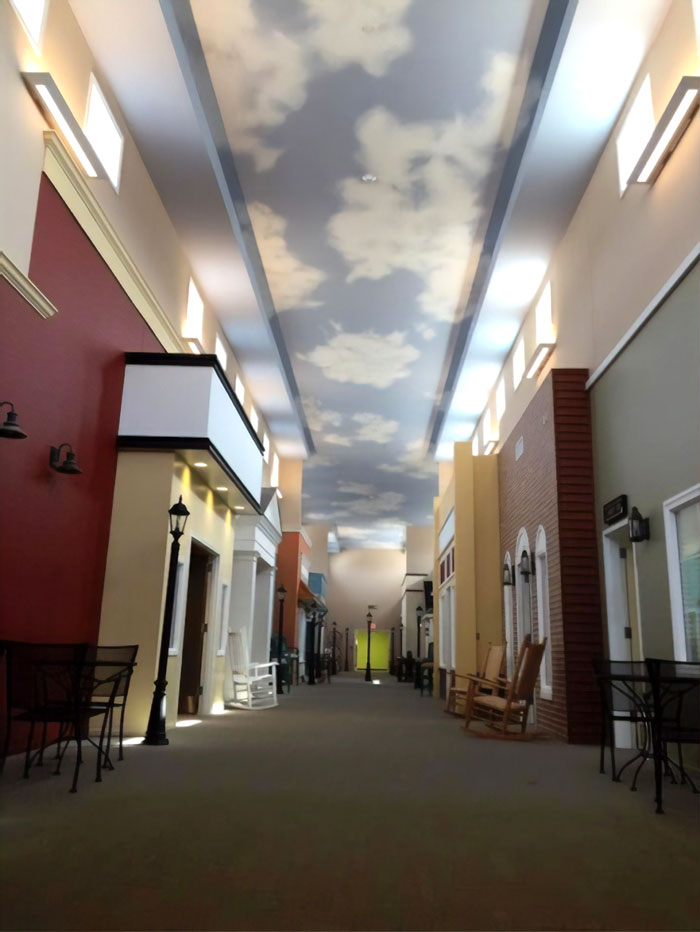
No comments:
Post a Comment